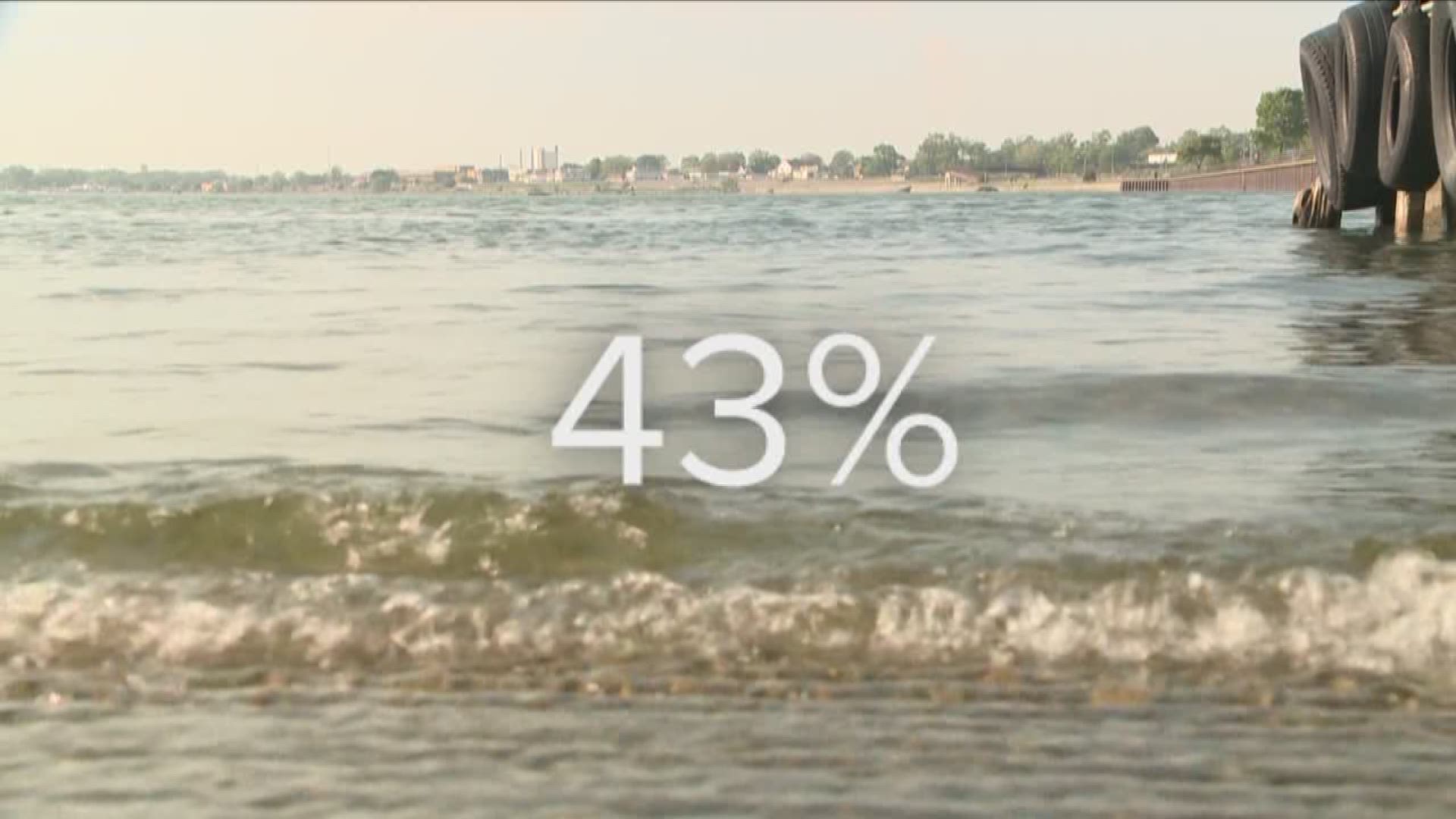Before you hit the water this Memorial Day weekend, a new report suggests you take some extra steps to make sure you're safe.
According to Safe Kids Worldwide, more children and teens drown in open bodies of water-- rivers, lakes, and ponds, to name a few-- than they do in swimming pools.
Of the 1,000+ reported drowning deaths in 2016, 43% of them happened in open water, according to the report.
And the report also suggests being an older, more experienced swimmer doesn't always make the difference: children between the ages of 15-19 made up 49% of all open water deaths.
So to go along with National Boating Safety week, the report offers several safety tips before you head out for the holiday weekend:
-Watch kids when they are in or around water, without being distracted: Keep young children and inexperienced swimmers within arm's reach of an adult. Make sure older children swim with a partner
every time.
-Designate a "Water Watcher": When several responsible adults are present, choose one to watch children in or near the water for a certain period of time, such as 15 minutes. Adults can take turns with this assigned responsibility
-Make sure children learn how to swim: Every child is different, so enroll children in swim lessons when they are ready. Consider their age, development and how often they are around water when deciding if
they are ready.
-Make sure kids learn these five water survival skills and are able to:
• step or jump into water over their head and return to the surface;
• turn around and orient to safety;
• float or tread water;
• combine breathing with forward movement in the water; and
• exit the water
-Teach children that swimming in open water is different from swimming in a pool: Be aware of situations that are unique to open water, such as limited visibility, depth, uneven surfaces, currents and
undertow. These potential hazards can make swimming in open water more challenging than swimming in a pool.
-Wear a U.S. Coast Guard-approved life jacket when boating or participating in other recreational activities on the water: Children should wear a U.S. Coast Guard-approved personal floatation device (PFD) appropriate for their weight and the water activity. For younger children, choose a PFD with both a collar for head support and a strap between the legs.
-Keep weak- and non-swimmers in PFDs when they are around water: Swimming aids and water toys, such as water wings and inflatable water rings, do not prevent drowning.
-Use designated swimming areas and recreational areas whenever possible: Professionals have assessed these areas, and there are usually signs posted regarding hazards and the presence of lifeguards.
-Learn basic water rescue skills and CPR: It is important to know how to respond in an emergency without putting yourself at risk. Learning basic rescue skills and cardiopulmonary resuscitation (CPR) may help you save a child's life.

